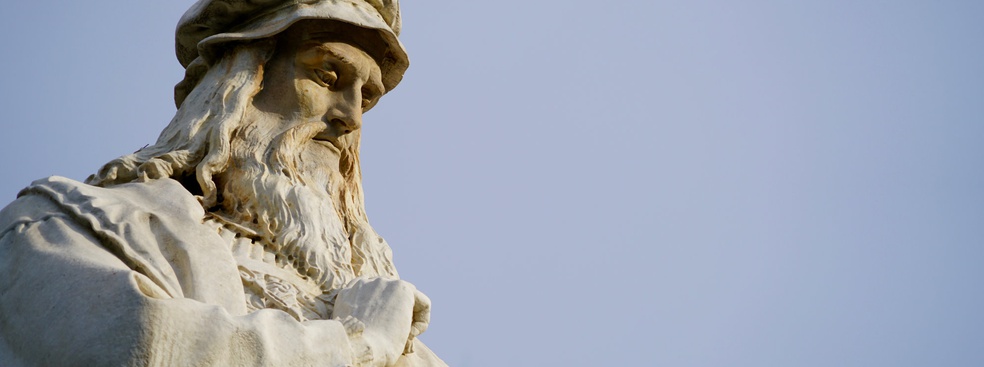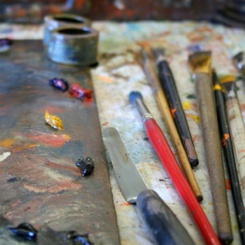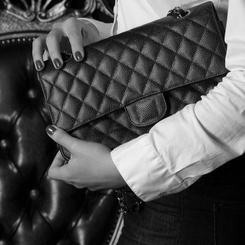Leonardo’s “Salvatore Mundi” is now officially the most expensive painting ever sold. Remarkably, it more than quadrupled its estimate of 100 million $, reaching 450 million $ at yesterday’s auction. The art market is accelerating at a breathtaking speed. A few years ago, a painting by Modigliani made a notable entry into the list of the most expensive paintings by doubling its estimate. At this rate, we are probably not too far away from the moment when a sale would be completed at 6 or even 8 times the original estimate. If expertise is generally expected to be constraining or controlling market value, then it has become softer to the point of an embrace rather than a constraint.
The vertiginous heights of the art market are not that surprising anymore. They testify to the growing
independence of the high end of the market from the other parts, and from the dictums and constraints of professional expertise. Expertise continues to matter in setting prices of art, but in a manner that is broadly suggestive of a price range, rather than determining it, in the sense of controlling or reducing the extent to which the sale price would deviate from the estimate. To take Leonardo’s painting as an example, little presaged such a momentous price hike. The painting is heavily restored, with lingering doubts over its authenticity. As experts have noted, some parts of it do not reveal the eye for precision of Leonardo, such as the right hand, in particular the middle finger, unnaturally extended and not corresponding to the expected length. This is a Mannerist technique that flourished deeper into the 16th century, but is uncharacteristic of an artist who studied anatomy diligently, rendering his findings meticulously onto the canvass. The disproportion is all the more startling when considering that this work is supposed to have been executed at the same time as “Mona Lisa”, which remains a model of harmony and proportion in artistic representation. And while the rendering of the mouth and eyes of Salvatore Mundi remind of Mona Lisa’ enigmatic charm, the curling hair comes across as rigidly executed, and a tad too linear for the characteristically suave, sophisticated brushwork of the artist.
At the end of the day, these concerns mattered little and the 19-minute tussle between a few potential buyers ended with a new world record. The power of the brand and the rarity of the object prevailed over concerns with provenance and authenticity. Once enacted and institutionally configured, markets start following an endogenous logic that is only partly compatible with external or expert assessments. Other criteria of more intangible nature start looming larger – rarity, brand, the media attention likely to be attracted or the connection to salient manifestations of popular culture. One can only wonder the extent to which the obtained price was related to the upcoming biography of Leonardo by the famed author Walter Isaacson and the film based on it, which is in pre-production, featuring Hollywood stars of the highest caliber. Markets do not as much reflect cultural shifts and changing patterns of demand, as channel and reinforce them in the process of their occurrence.
The precedent of an old Master painting heading the ranking of most expensive paintings will have ripple effects throughout the system. It will modify priorities and it may even change the content of exhibitions. One of the questions raised by the record sale is on the economic value of museums, which harbor thousands of Old Masters, with some of them superior in quality to the record-breaking painting. When auction prices go up, other prices increase too - for example, the insurance of artworks when leaving a museum for temporary exhibitions. Security will likely have to be reinforced. In times of tightening public budgets, the higher costs will sooner or later translate into higher admission fees for the museums. How high can these fees go without sacrificing the educational mission of museums?
There are good news too. Records of this kind confirm that the world economy is recovering, money is cheap and available, and an air of optimism is inflating estimates. But is it an indication that money is, in fact, too cheap and that there is too much liquidity in the system? That the super-rich play the game according to different rules? Is there a connection to recent revelations about dodgy financial flows, resulting in “flight to safety”? Difficult to say. What is easier to say is that Old Masters are back in fashion, that the art market is booming and is increasingly skewed, on the cusp of a dramatic shift in value at its high end, similar to what is happening in European football, where a few superstar players have the power to write their own checks and where no one knows what the right price is for highest quality. The parallels do not end there – in football and art reign two exceptional “Leo”s (Messi and da Vinci), with an underlying “rags to riches” story: such as how a painting that sold for five pounds at one point became the most expensive painting in the world. There is something familiar in the new reality of stratospheric art prices. More than the quality of a product, we appreciate a good story, even if imperfectly told.









